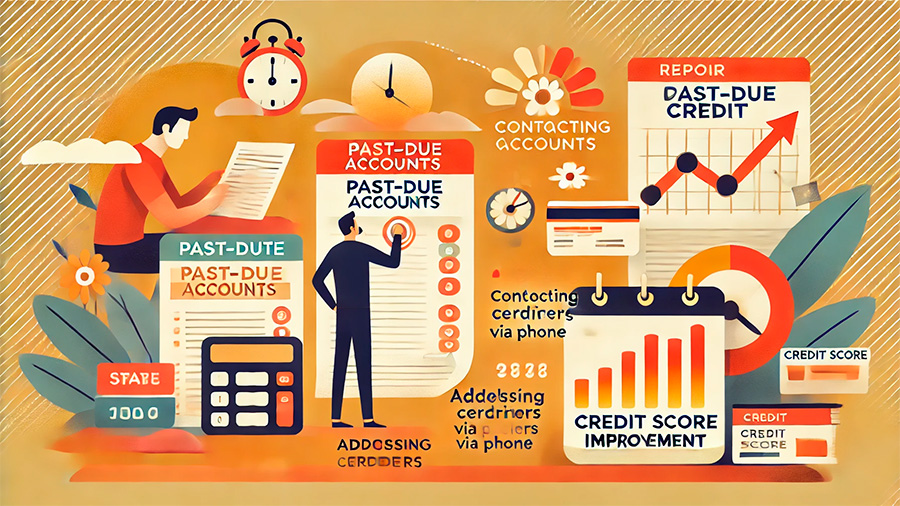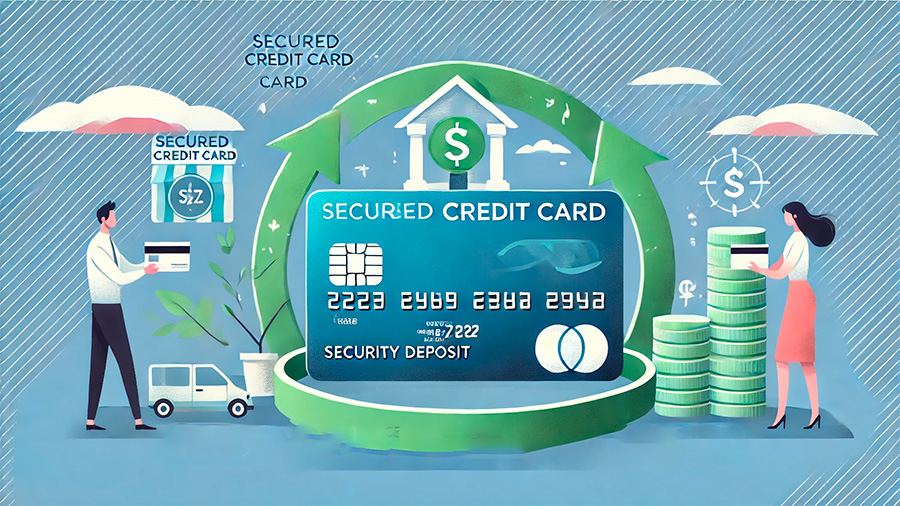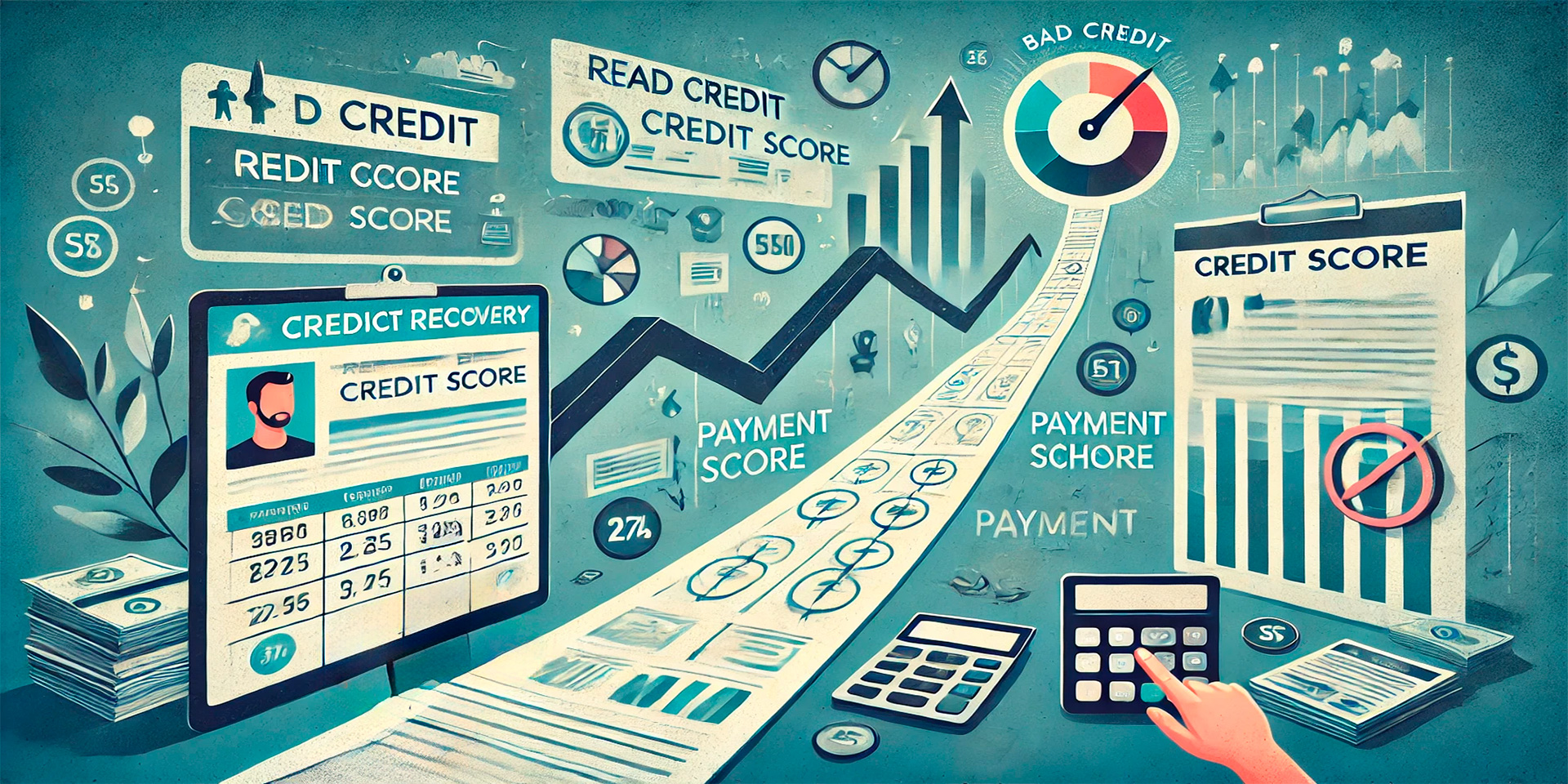Bad credit can significantly limit your financial opportunities, affecting your ability to secure loans, rent a home, or even get a job. However, having a low credit score is not a permanent situation. With the right strategies and consistent effort, you can repair your credit history and improve your credit score, opening doors to better financial prospects.
Your credit score is a reflection of your credit history, which includes your payment habits, the amount of debt you carry, and the length of your credit history. Lenders and other financial institutions use this score to assess your creditworthiness. A higher credit score indicates that you are a reliable borrower, which can lead to better loan terms and lower interest rates. If your credit score is currently holding you back, this guide will provide proven strategies to help you fix your bad credit and boost your score.
Step 1: Check Your Credit Report for Errors
The first step in fixing bad credit is to obtain a copy of your credit report and review it for errors. You’re entitled to a free credit report from each of the three major credit bureaus—Equifax, Experian, and TransUnion—once a year through AnnualCreditReport.com. Carefully examine your report for inaccuracies, such as incorrect account information, duplicate accounts, or unauthorized charges.
If you find any errors, it’s important to dispute them with the credit bureau that provided the report. Correcting these mistakes can quickly improve your credit score, as inaccurate negative information can significantly lower your score. Be proactive in ensuring that your credit report accurately reflects your financial behavior.

Step 2: Address Past-Due Accounts
One of the most damaging factors to your credit score is having past-due accounts. Late payments can stay on your credit report for up to seven years, but you can start repairing your credit by addressing these accounts. Contact your creditors to discuss payment options, which may include setting up a payment plan or negotiating a settlement.
Paying off past-due accounts not only stops additional late payments from being reported but also shows future lenders that you are committed to managing your debt responsibly. If you can bring your accounts current, your credit score will begin to recover as you demonstrate a pattern of on-time payments.
Step 3: Reduce Your Credit Card Balances
Credit utilization—the amount of credit you’re using compared to your total credit limit—plays a significant role in your credit score. High credit card balances can negatively impact your score, so reducing your credit utilization is an effective strategy for improving it.
Aim to keep your credit utilization ratio below 30%, meaning that you’re using no more than 30% of your available credit. This can be achieved by paying down your credit card balances or requesting a credit limit increase. Both approaches can help lower your credit utilization ratio, which can lead to a higher credit score.
Step 4: Make All Payments on Time
Consistently making on-time payments is one of the most important factors in improving your credit score. Payment history accounts for a significant portion of your credit score, so it’s essential to ensure that all of your bills—credit cards, loans, utilities, and rent—are paid on time.
If you’ve struggled with on-time payments in the past, consider setting up automatic payments or reminders to help you stay on track. Over time, a consistent record of on-time payments will boost your credit score and demonstrate to lenders that you are a reliable borrower.
Step 5: Avoid Opening New Credit Accounts
While it may be tempting to open new credit accounts to improve your credit mix, doing so can actually harm your credit score in the short term. Each new application results in a hard inquiry on your credit report, which can temporarily lower your score. Additionally, new accounts can increase your overall debt load, making it harder to manage your finances.
Instead of opening new accounts, focus on managing your existing credit responsibly. As you pay down debt and make on-time payments, your credit score will improve without the need for additional credit.

Step 6: Consider a Secured Credit Card
If your credit score is too low to qualify for a traditional credit card, a secured credit card can be an effective tool for rebuilding your credit. Secured credit cards require a security deposit, which serves as your credit limit. Using the card responsibly—by making small purchases and paying off the balance in full each month—can help you establish a positive payment history.
Over time, as you demonstrate responsible credit use, your credit score will improve, and you may become eligible for an unsecured credit card with better terms.
Step 7: Be Patient and Stay Consistent
Improving your credit score is a process that takes time, so it’s important to be patient and stay consistent in your efforts. While you may not see immediate results, every positive action—whether it’s making on-time payments, reducing debt, or correcting errors on your credit report—contributes to the long-term improvement of your credit score.
Continue monitoring your credit report regularly to track your progress and adjust your strategies as needed. With dedication and discipline, you can repair your credit history and achieve a higher credit score, which will open up new financial opportunities and provide greater financial security.
Conclusion
Fixing bad credit requires a proactive approach, but with the right strategies, you can significantly improve your credit score and regain financial stability. By checking your credit report for errors, addressing past-due accounts, reducing credit card balances, and making all payments on time, you can start to rebuild your credit. Patience and consistency are key—over time, these efforts will lead to a stronger credit history and better financial opportunities. With a higher credit score, you’ll be better positioned to secure favorable loan terms, lower interest rates, and a brighter financial future.

